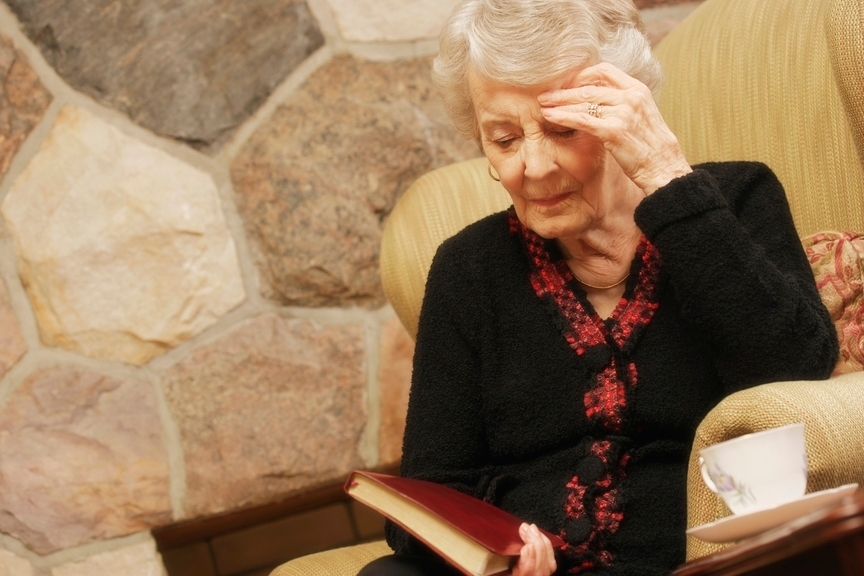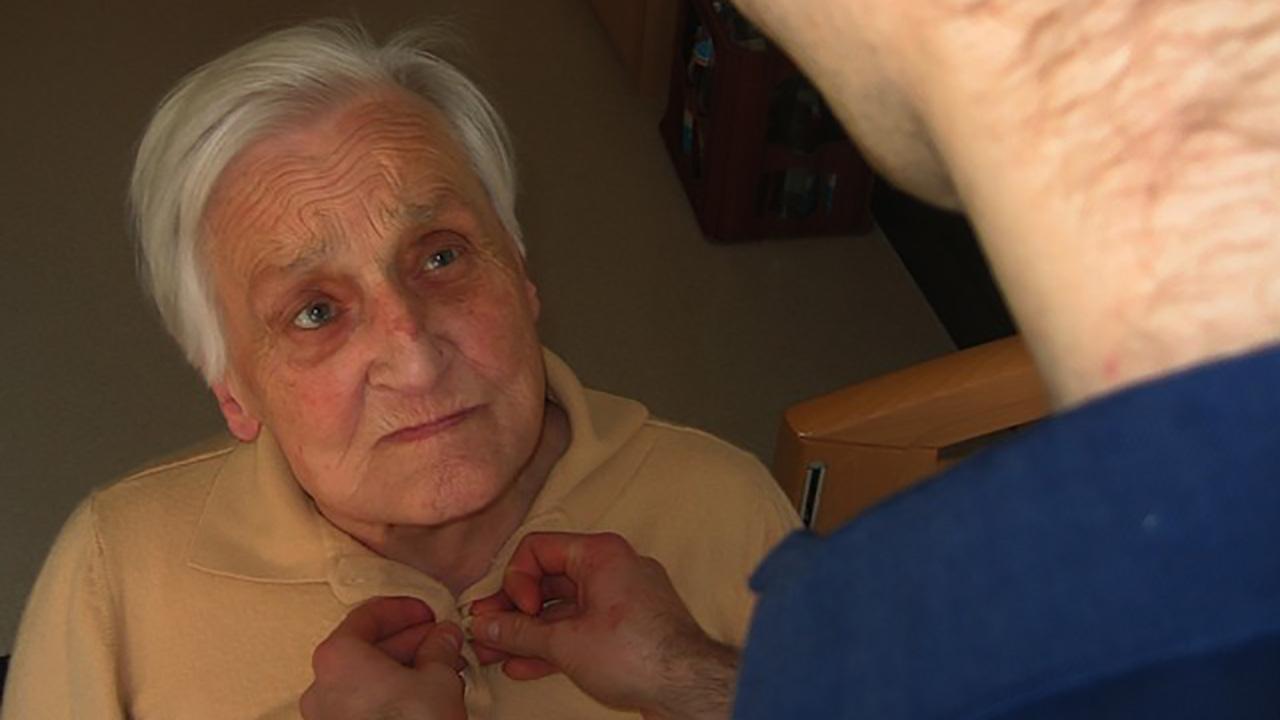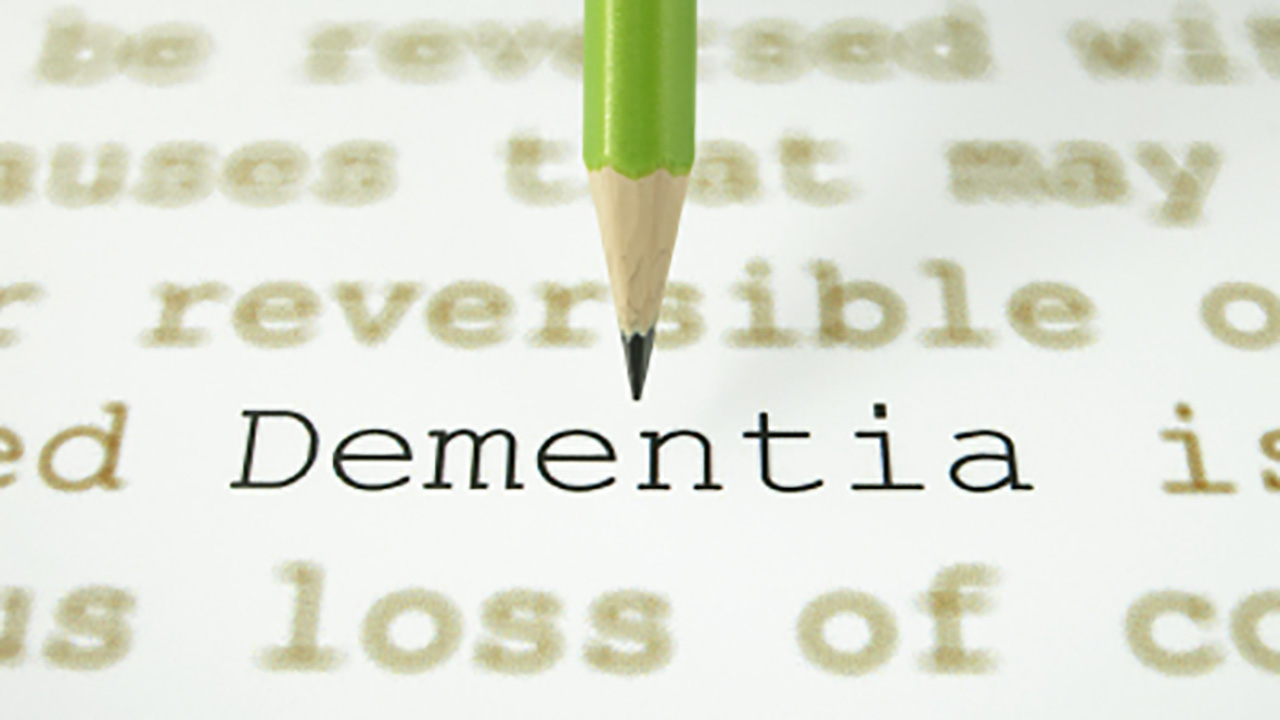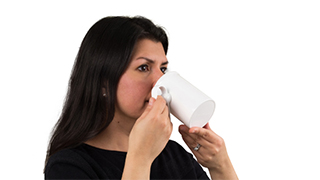Parkinson’s diagnosis and treatment
How is Parkinson’s diagnosed?
Diagnosis of Parkinson’s is made by a doctor, who takes a detailed history of the symptoms that a person is experiencing and examines the person to look for any tell-tale signs of Parkinson’s
Signs of Parkinson’s in the early stages may include:
- Tremor
- Stiffness
- Slowness of movement
- Difficulties with handwriting
- Difficulties with making facial expressions
Confirmation of the diagnosis may be made if the person has a positive response to drugs used to treat Parkinson’s
One of the features which indicates that a person has Parkinson’s is the presence of structures called Lewy bodies in the brain
However, these Lewy bodies can only be detected by examining the brain under a microscope and this can only be done after the person has died
A scan called a PET (positron emission tomography) can detect the loss of Dopamine from the basal ganglia during life
However, there are only about 20 PET scanners in Europe, used mainly for research purposes and are expensive
The doctor may also recommend blood tests or scans to rule out other conditions that can be confused with Parkinson’s
What is meant by the term ‘Parkinsonism’?
Parkinsonism occurs when nerve cells do not work properly in a particular part of the brain
These nerve cells produce and store Dopamine, the chemical messenger that co-ordinates the body’s movements
Several conditions are included in the term ‘parkinsonism’ and Parkinson’s disease is the most common form of parkinsonism. It is also sometimes called ‘idiopathic Parkinson’s’, which implies that the cause is unknown
Other less common forms of Parkinsonism include multiple system atrophy (MSA), progressive supranuclear palsy (PSP) and drug-induced Parkinsonism
Essential tremor and how it differs from Parkinson’s
Essential tremor (ET) is a common condition, in which the dominant and usually the only symptom is tremor
ET is usually most obvious when the hands are outstretched, or when the upper limbs are being used and it usually affects both right and left sides of the body equally
Classic tremors of Parkinson’s are most obvious when the arm is at rest and supported and they tend to improve with movement. Furthermore, at the beginning, the tremor of Parkinson’s is usually one sided
Unlike Parkinson’s, ET often occurs in families, starting in mid-teens
ET, particularly in the older person, can be difficult to distinguish from Parkinson’s at the beginning, and misdiagnosis may result
Being given a DaTSCAN offers the potential to help reduce these misdiagnoses and has been shown to differentiate between ET and Parkinson’s in the majority of cases
Treatments for Parkinson’s
Drug treatments for Parkinson’s
Drug treatment is the main method used to control the symptoms of Parkinson’s
Drug treatment for Parkinson’s is prescribed to suit the individual. Each person will react to their medication in different ways
Parkinson’s symptoms happen when levels of a chemical messenger in your brain, Dopamine, become too low
Drug treatments aim to increase the level of Dopamine that reaches the brain and stimulate the parts of the brain where Dopamine works
There are many different drugs prescribed for Parkinson’s. None of them are perfect, but research into treatments is improving the options all the time
Every person with Parkinson’s has a different experience of the condition so the GP, specialist or Parkinson’s nurse will aim to find the treatment that is best for you as an individual
Drugs will be reviewed over time to make sure the person gets the best combination as the condition progresses
Occupational therapy
Keeping active and healthy is important for people with Parkinson’s
Occupational therapists are health professionals who help people with mobility problems to achieve maximum function and independence
They also assess an individual’s ability to carry out the activities of daily living and advise on ways of making homes and workplaces safer or more manageable
Sometimes this involves advice about appropriate adaptations, aids or equipment
Occasionally, particularly in the case of movement problems, it may involve carefully selected tasks and activities
Contact the social services department of your local council to arrange for an occupational therapist home visit. Your Parkinson’s specialist or GP can also refer you
Speech and language therapy and Parkinson’s
Speech and language therapists are health professionals who specialise in all aspects of communication, from facial expression and body language to speech and specialised communication aids
Physiotherapy and Parkinson’s
Physiotherapists are trained health professionals, who use physical treatments, including exercise, to help manage any stiffness in joints and to restore muscle strength and mobility
Exercise and Parkinson’s
A regular exercise regime can help in maintaining abilities, strengthen muscles, increase mobility in joints and building up general fitness and health
Diet and Parkinson’s
A dietitian can help with:
- Maintaining a healthy weight
- Constipation
- Making sure Parkinson’s medication works as effectively as possible
- Buying and preparing food
- Eating nutritious meals
Complementary therapies and Parkinson’s
Complementary therapies are treatments that may be used in addition to or alongside conventional medicine
Many people with Parkinson’s find complementary therapy to be a very positive experience. Some people find relief from Parkinson’s symptoms and find that treatments can be relaxing
Complementary therapies do not replace orthodox medicine. They should always be used in addition to, not instead of, usual treatments
Some complementary therapies do have side effects, can clash with prescribed medicines or can be harmful if provided by untrained practitioners so ensure the GP is kept informed












